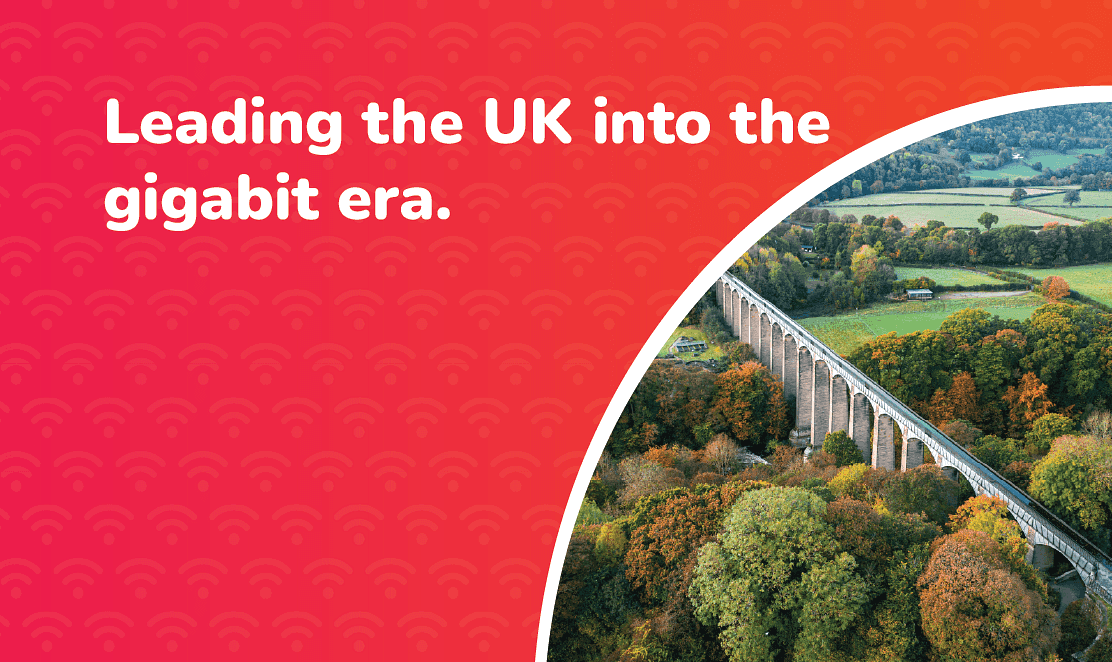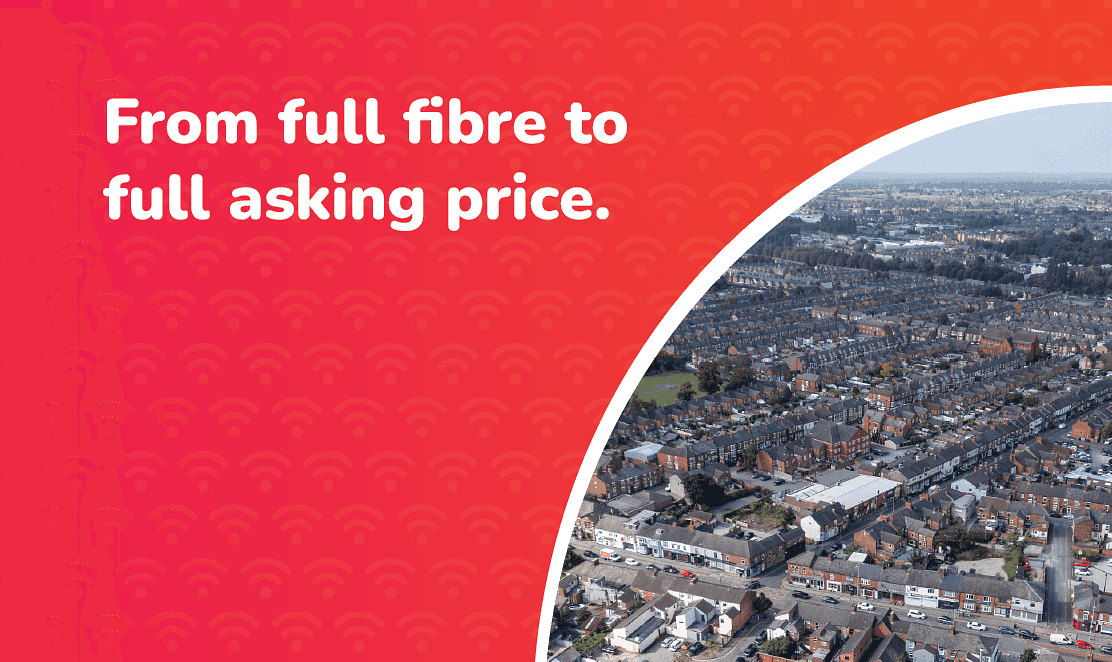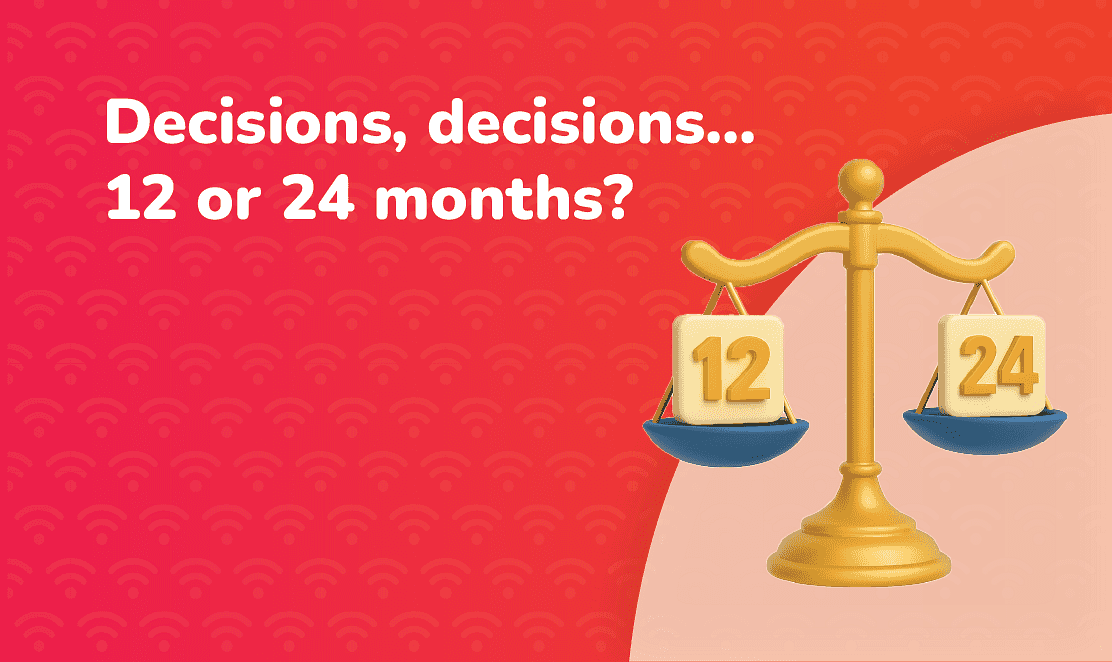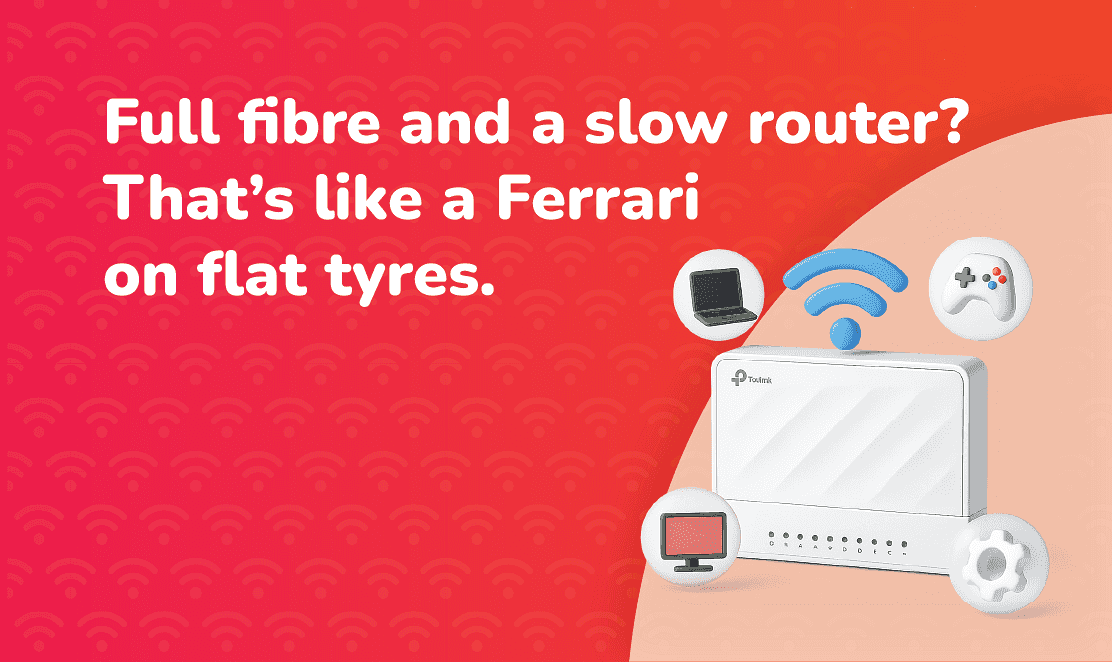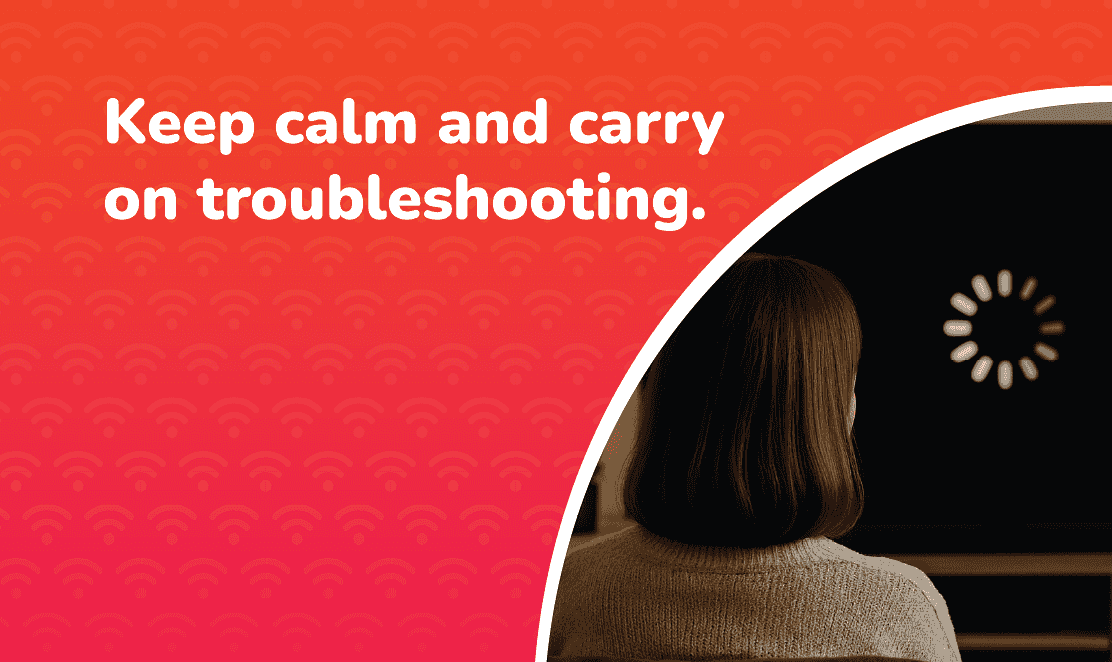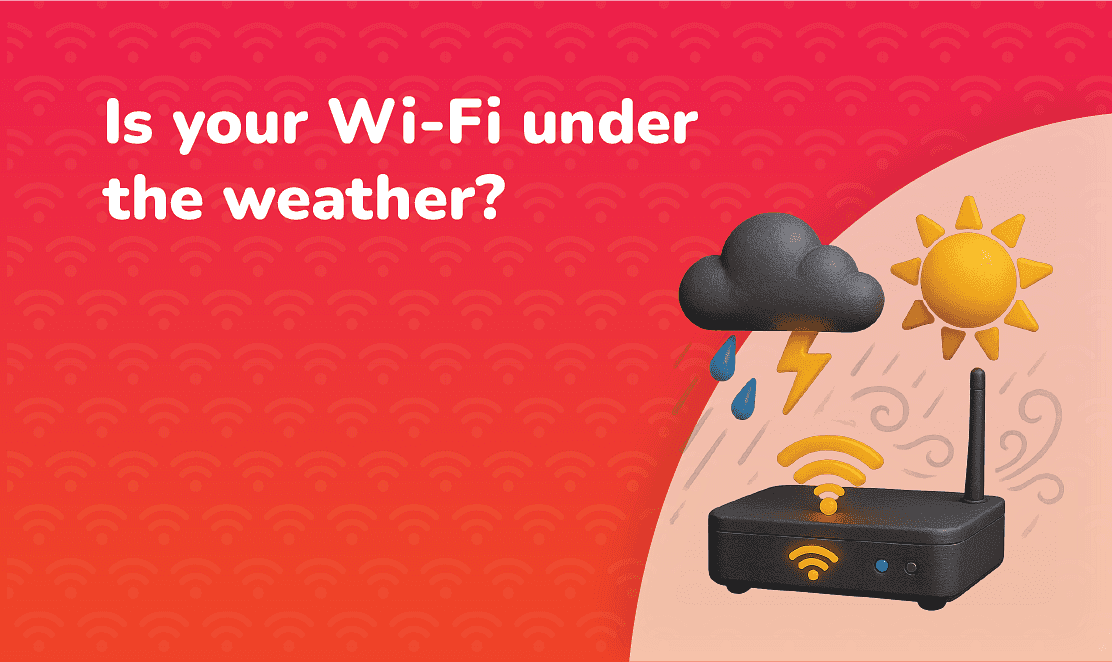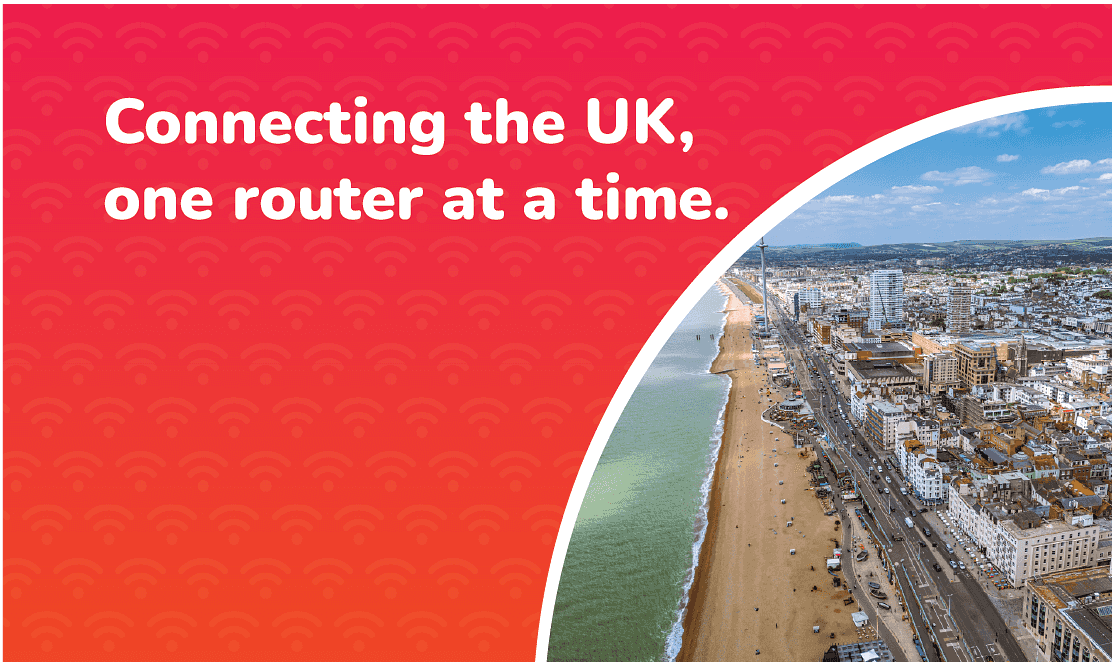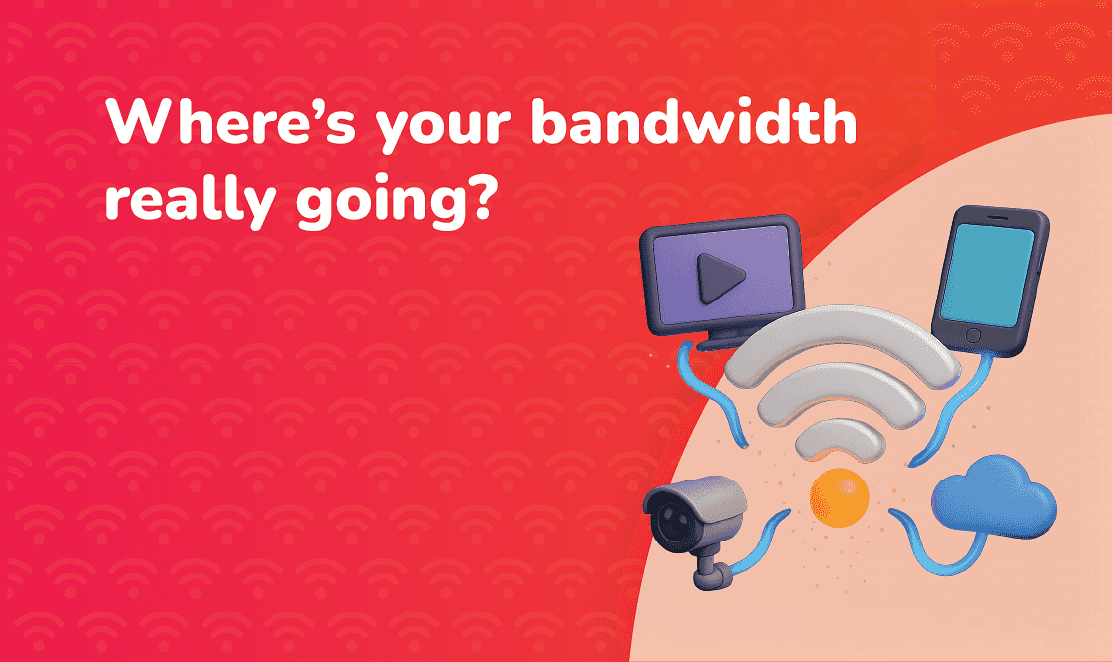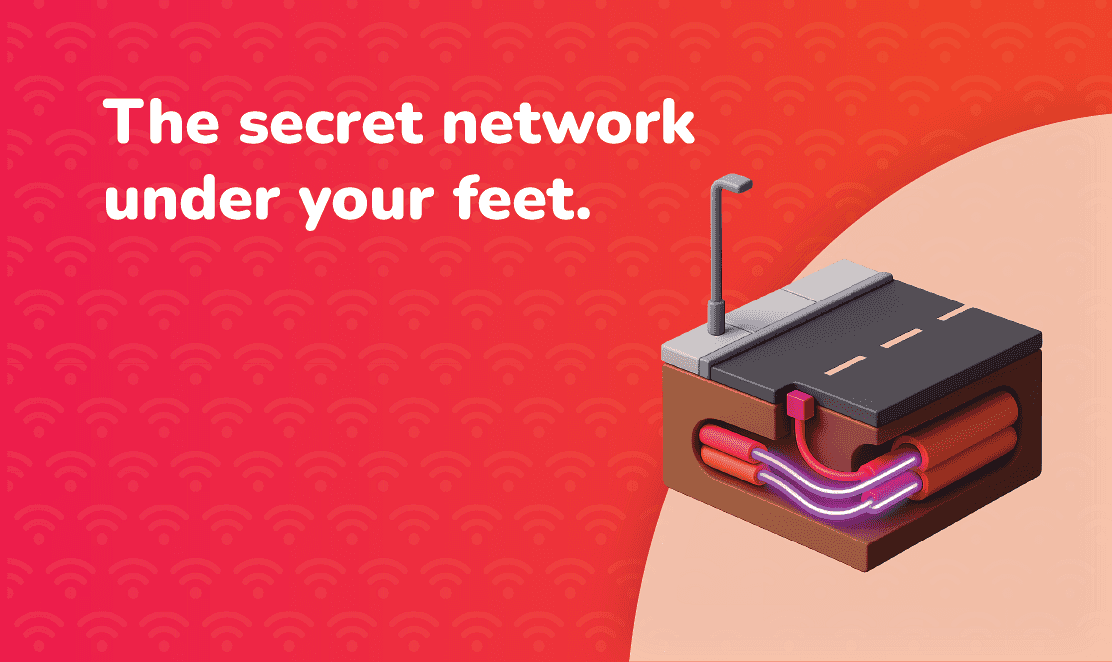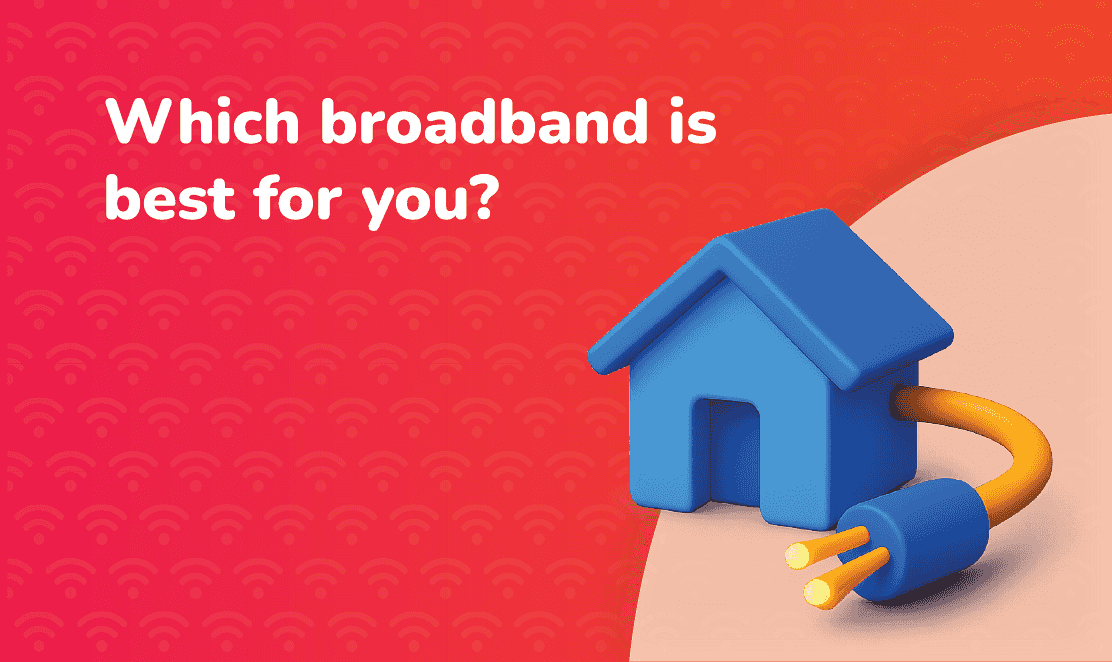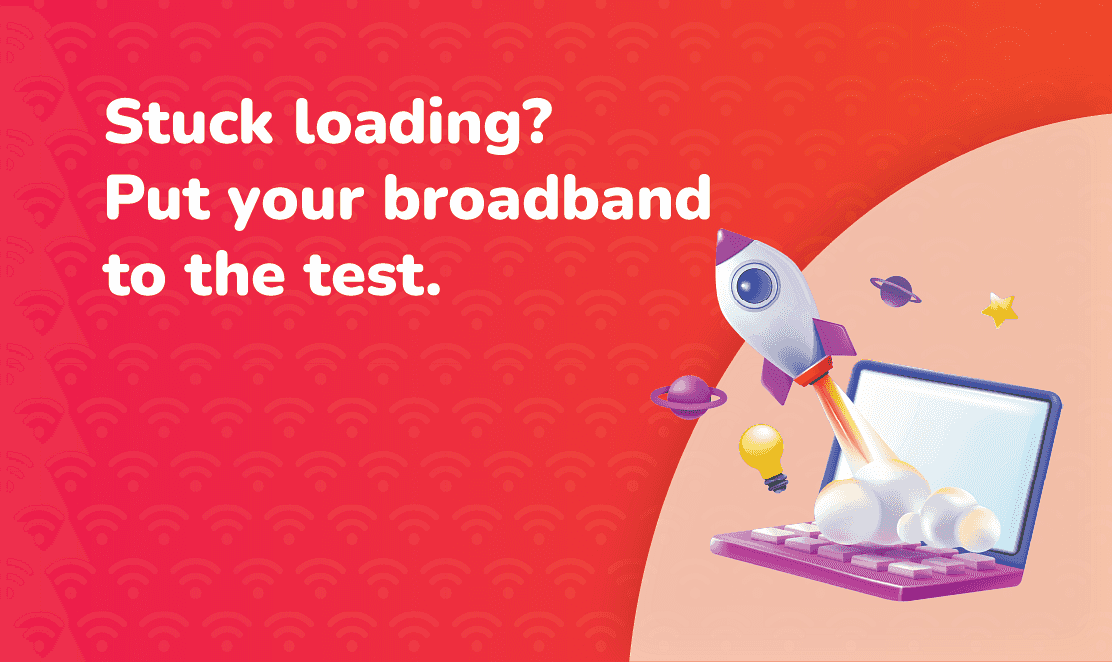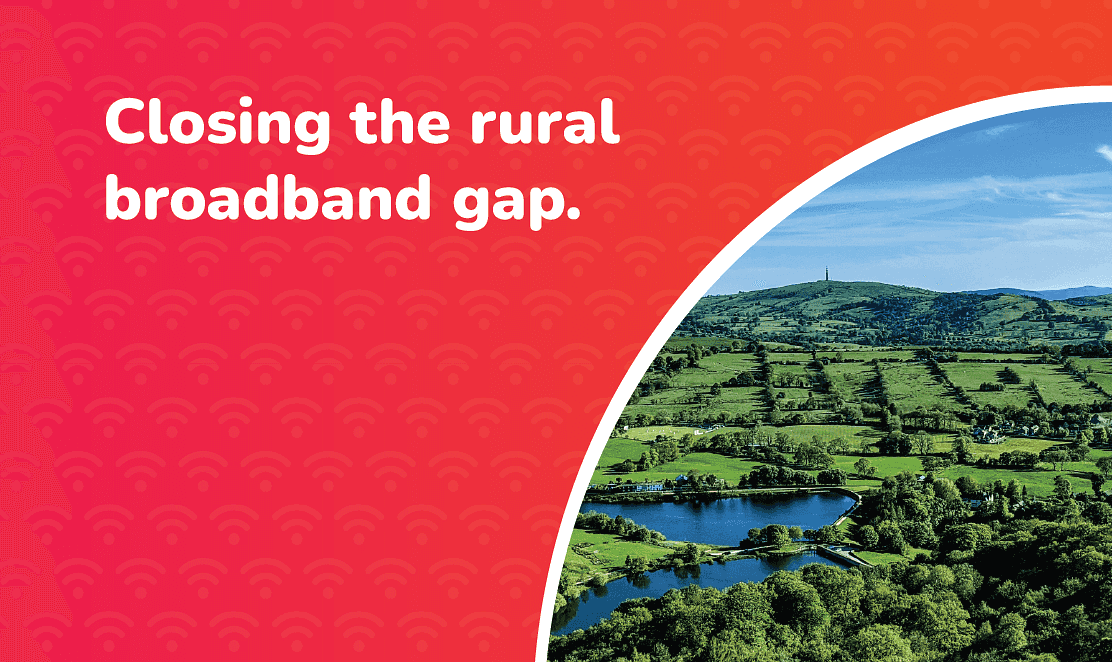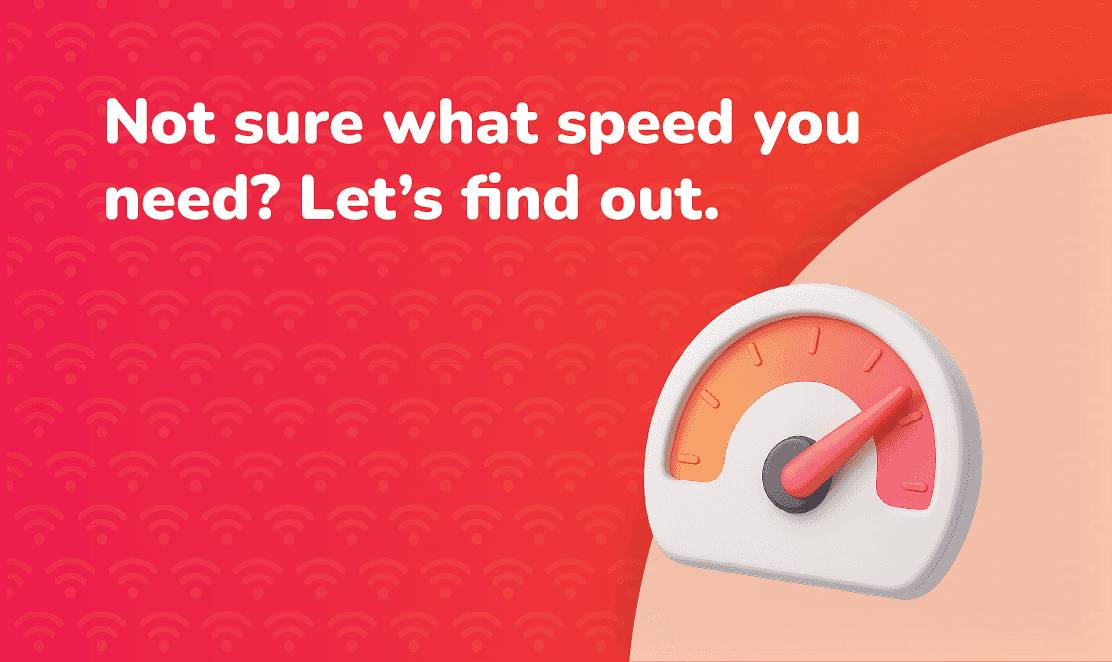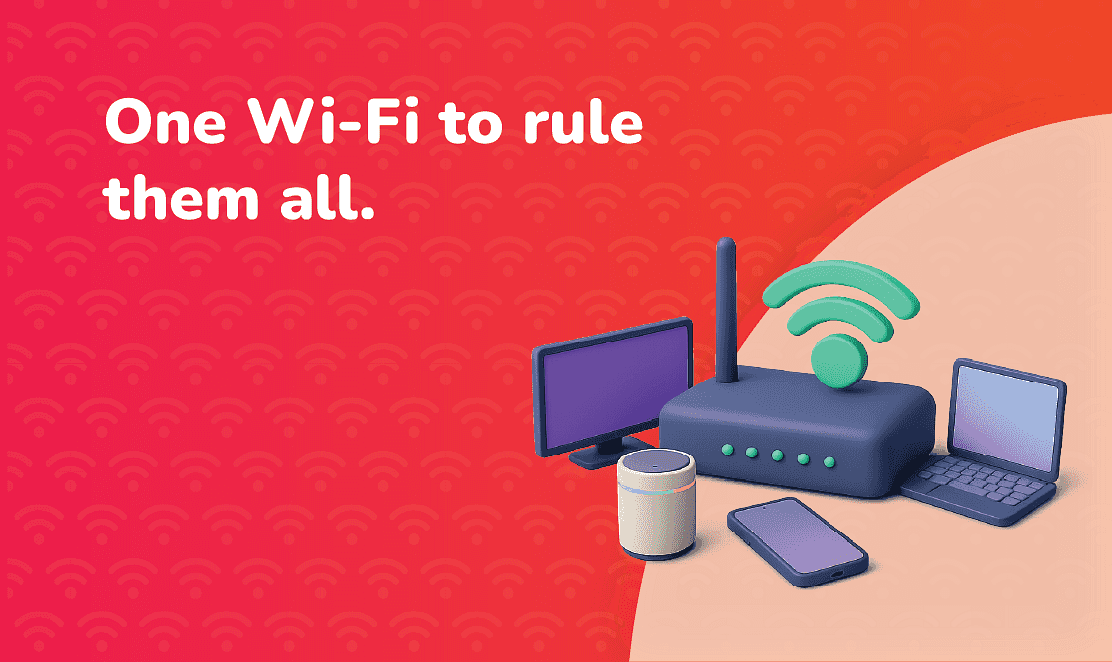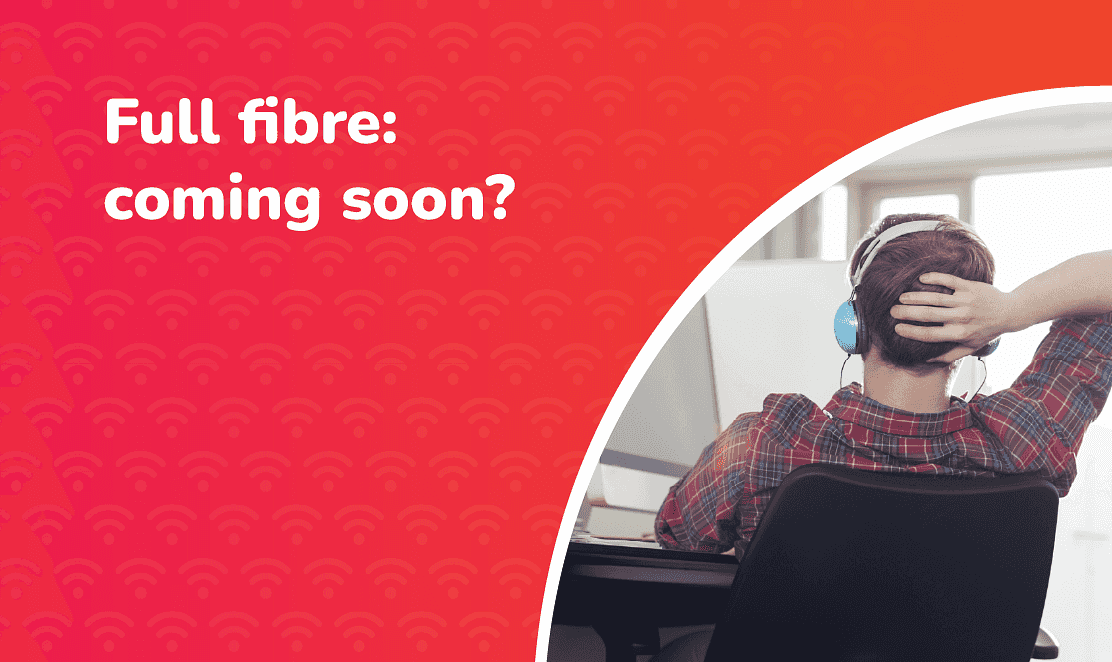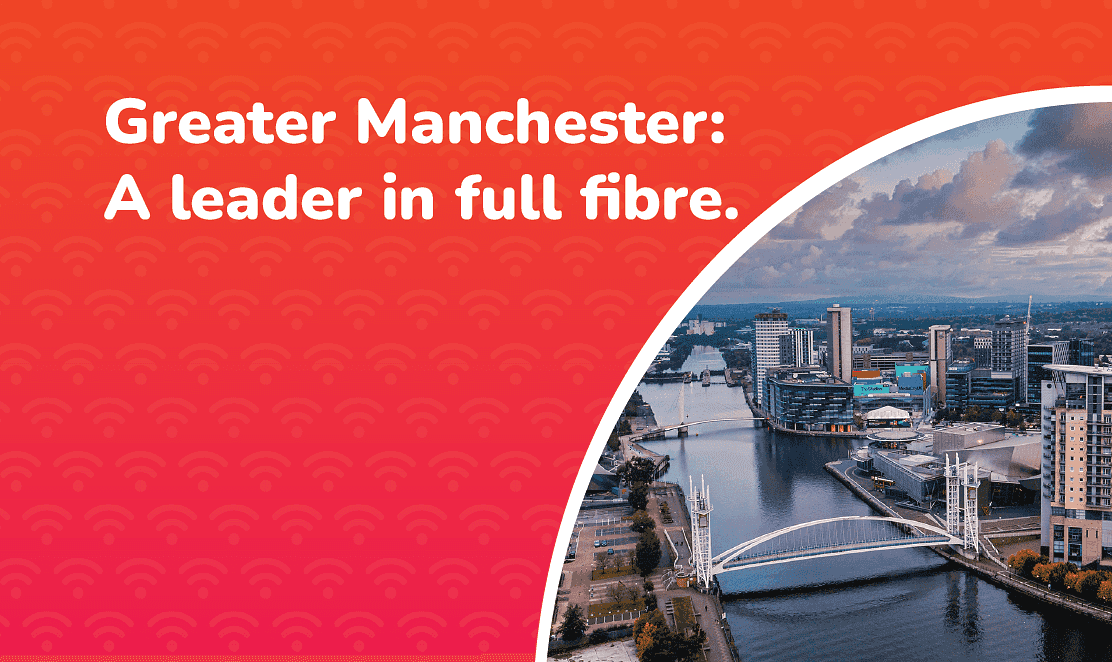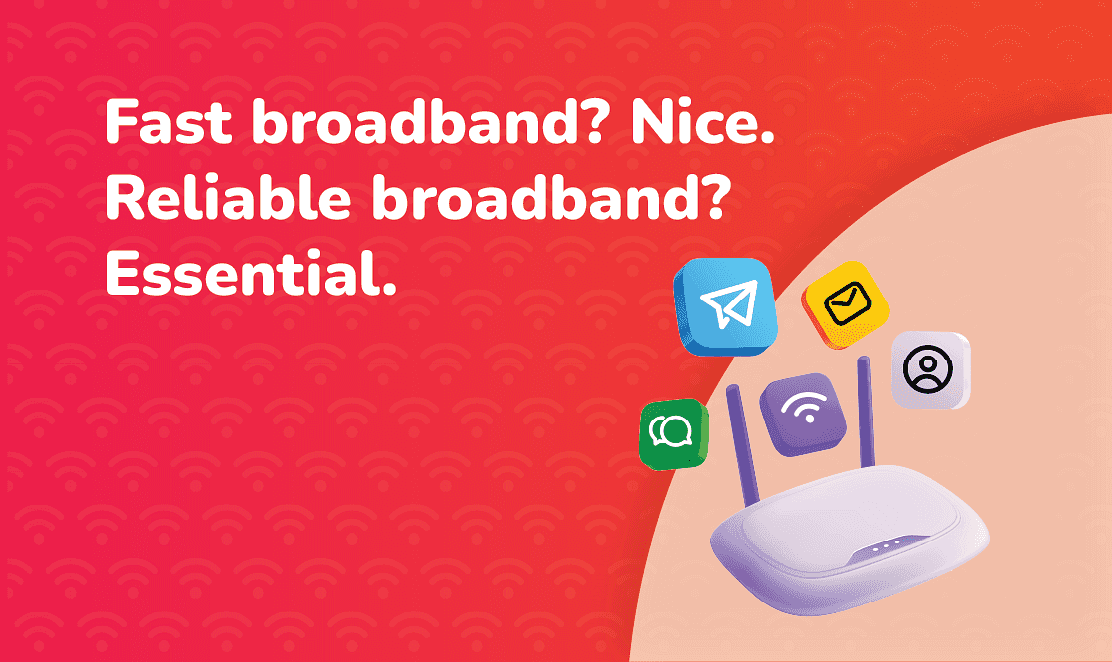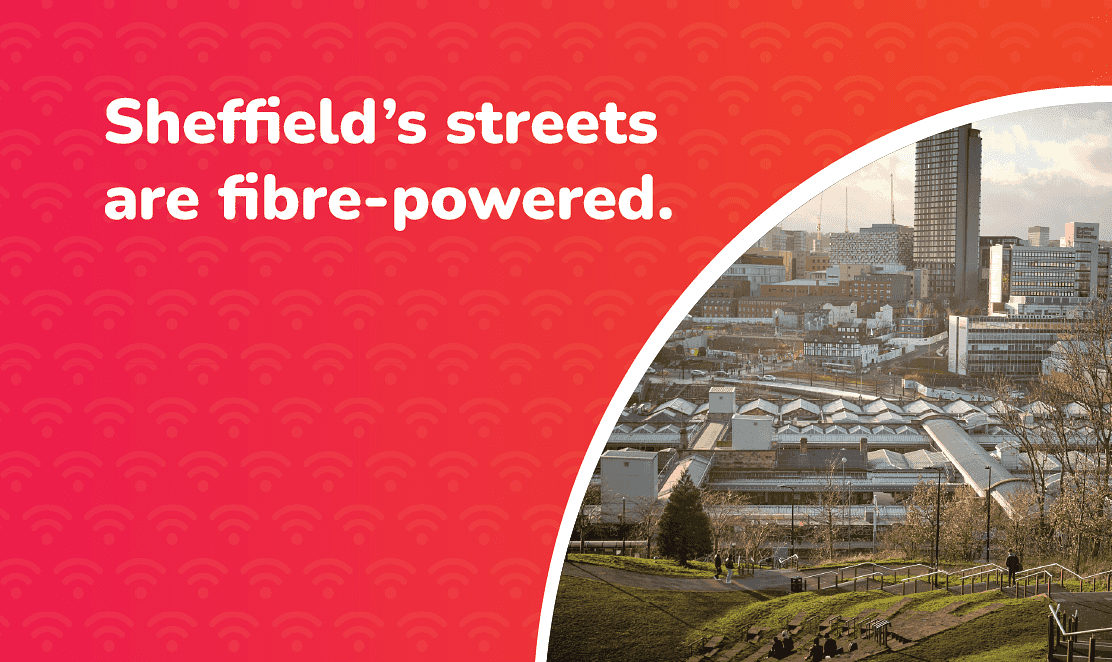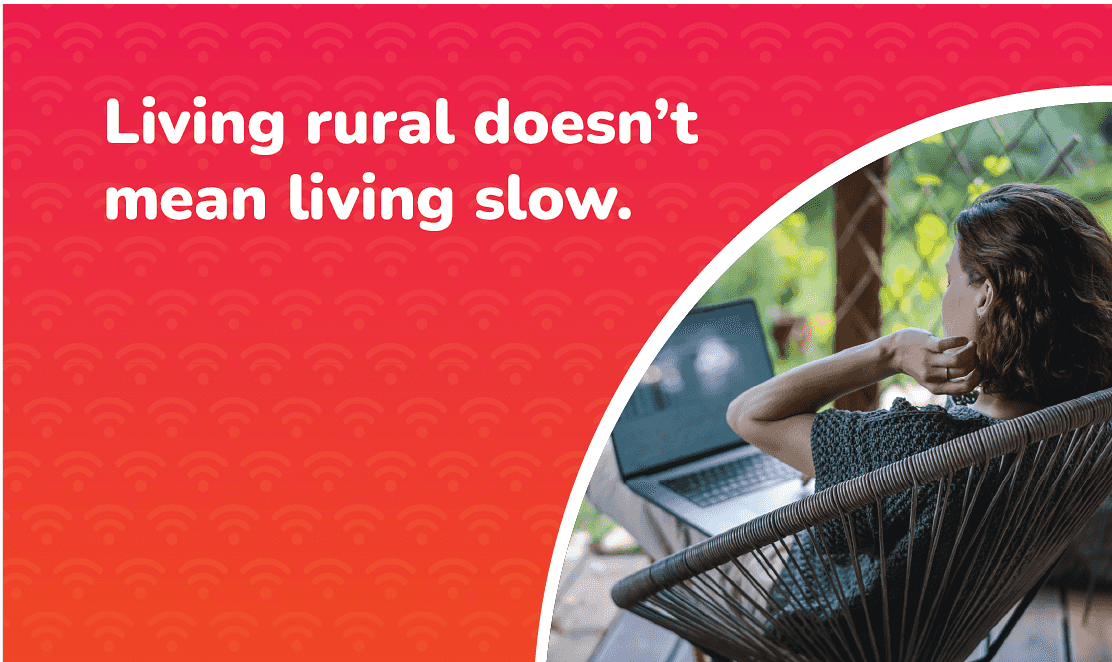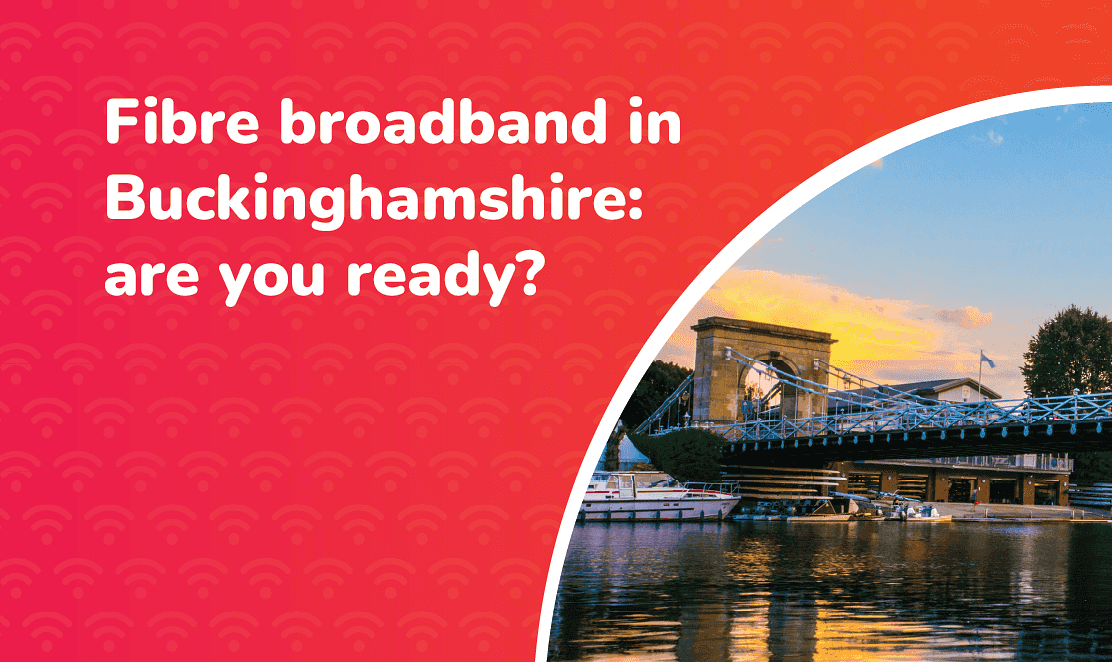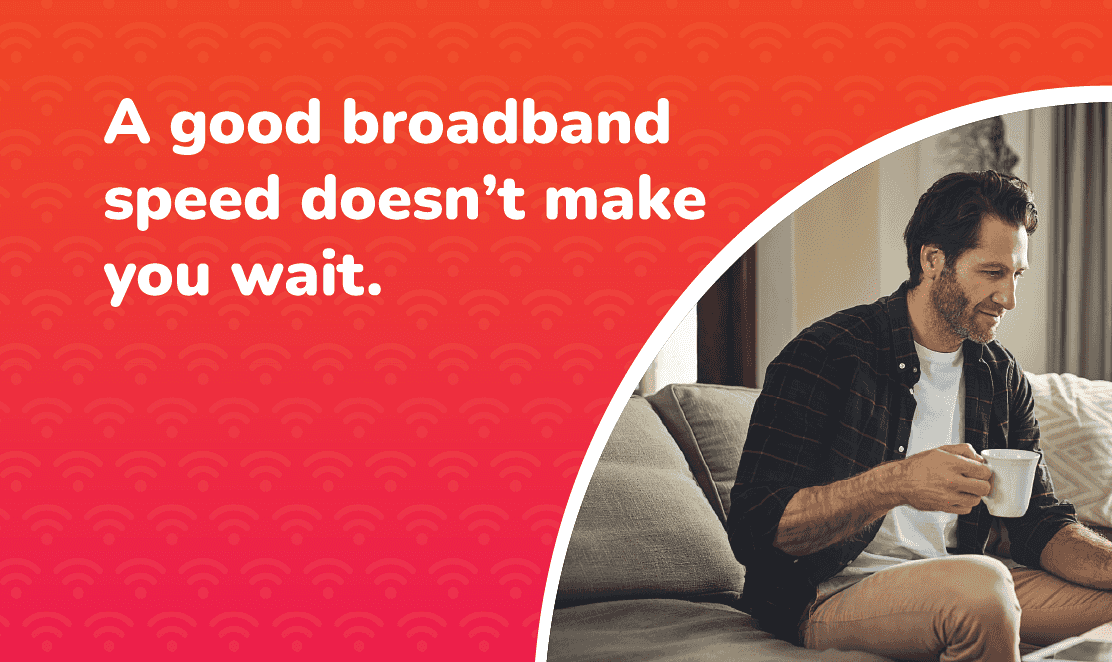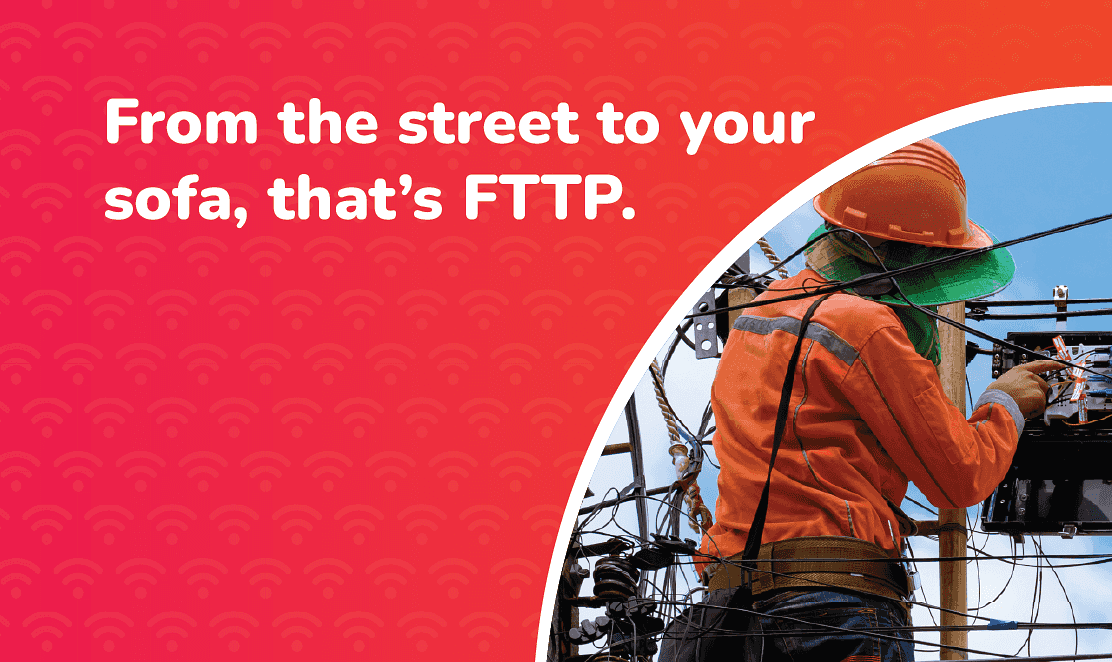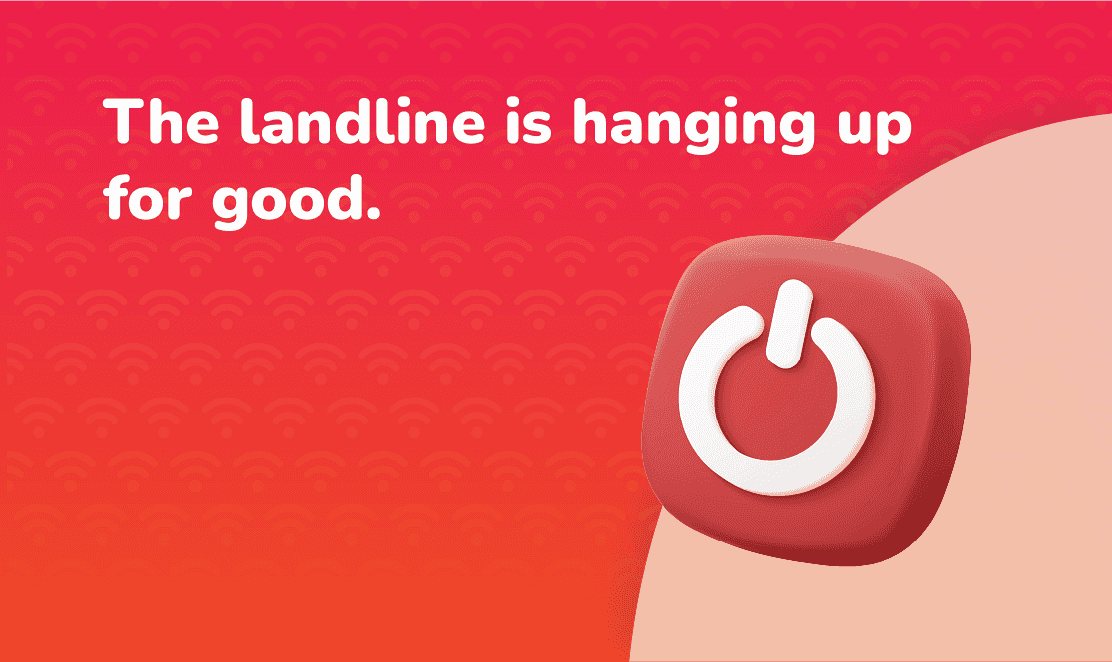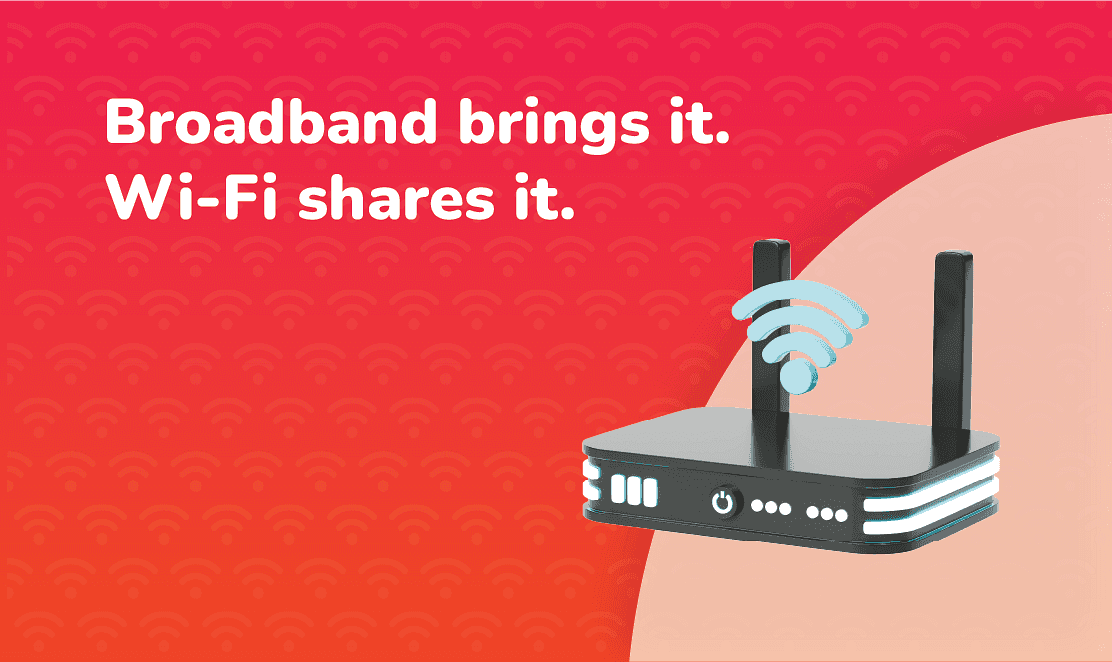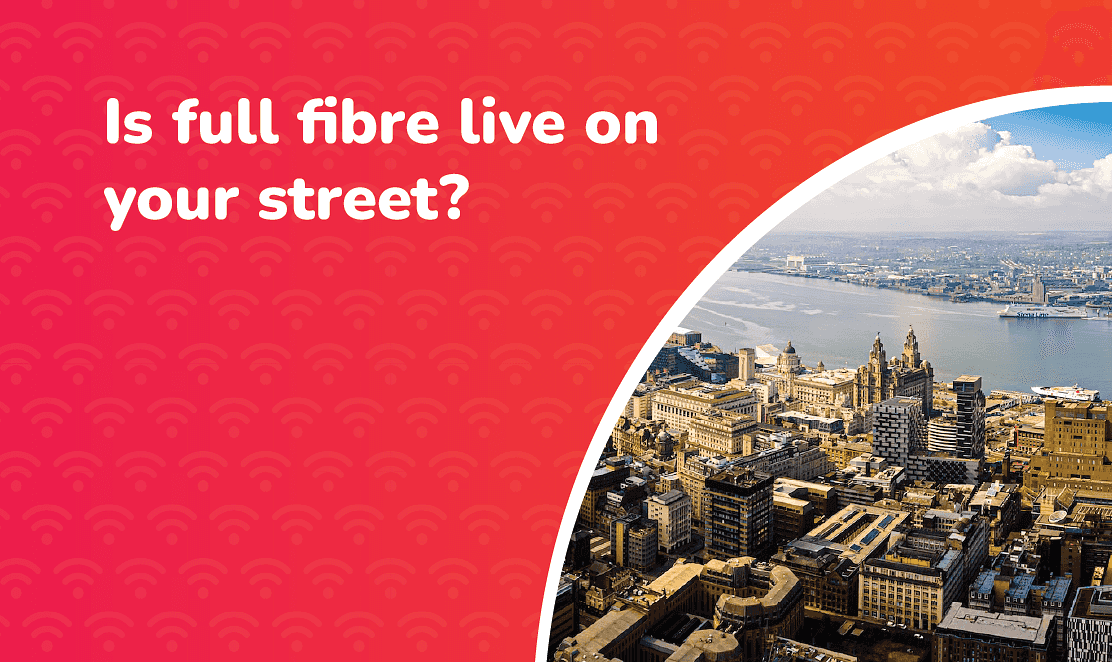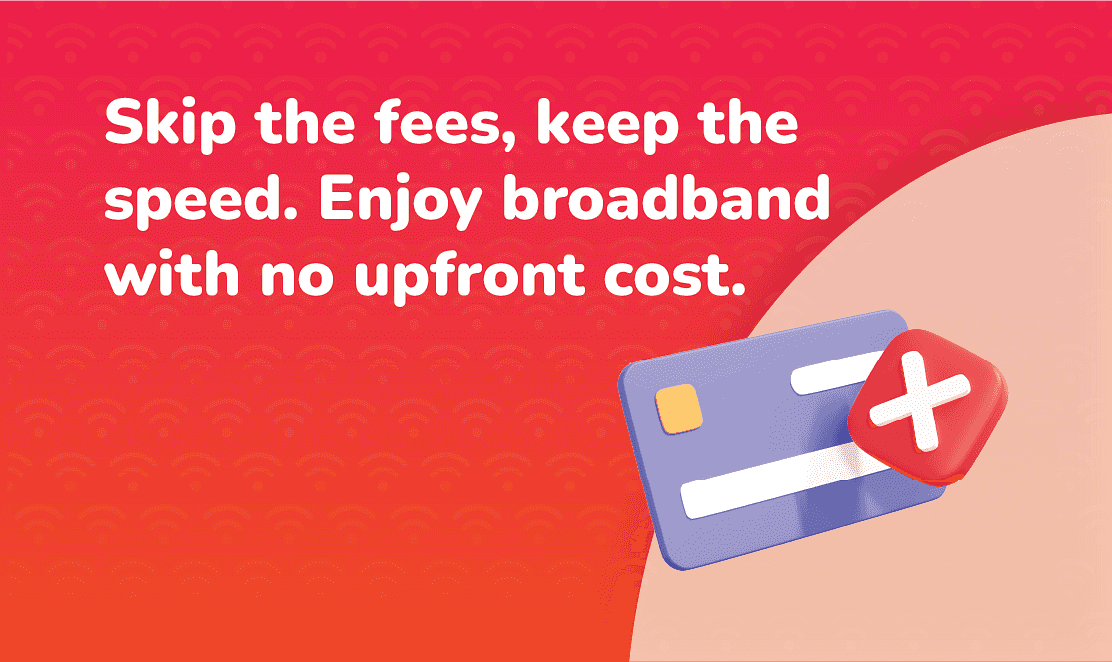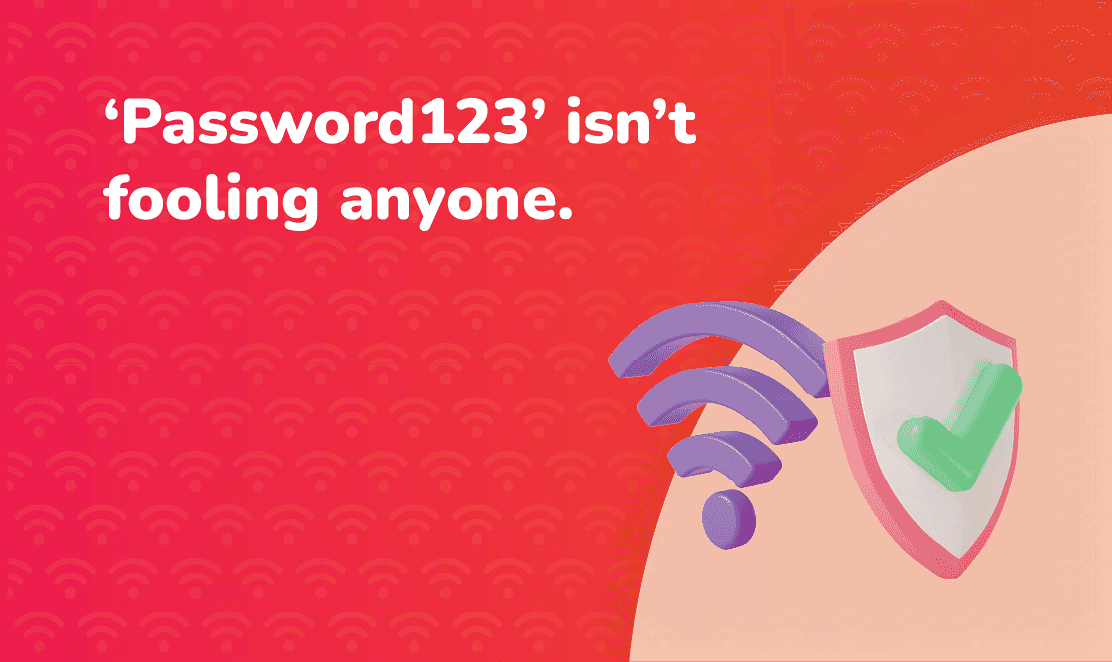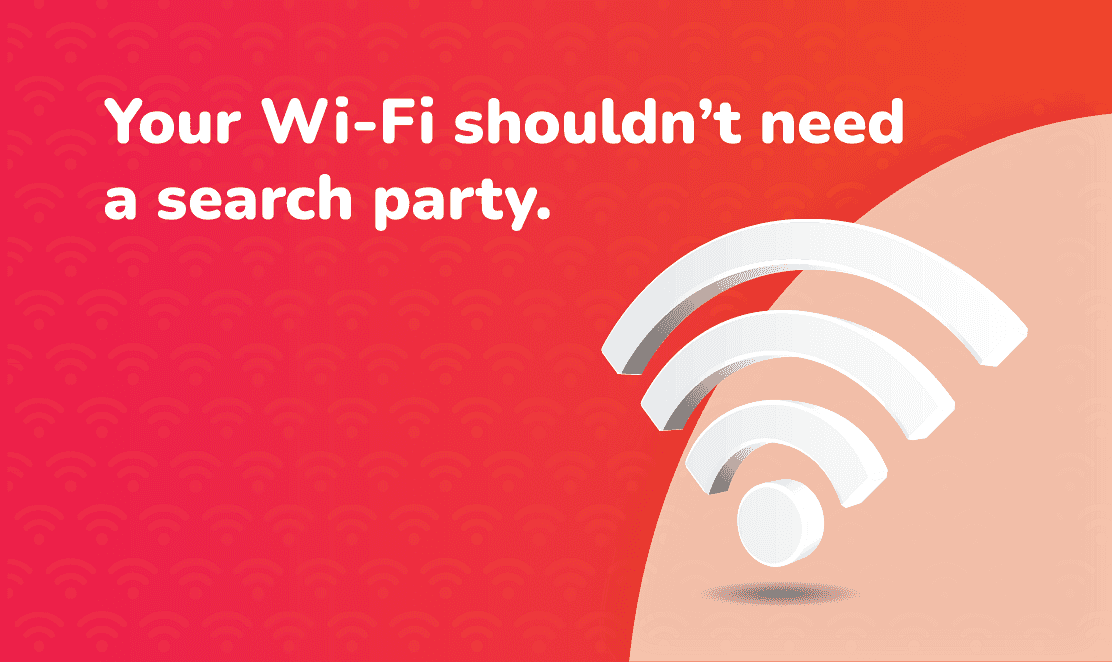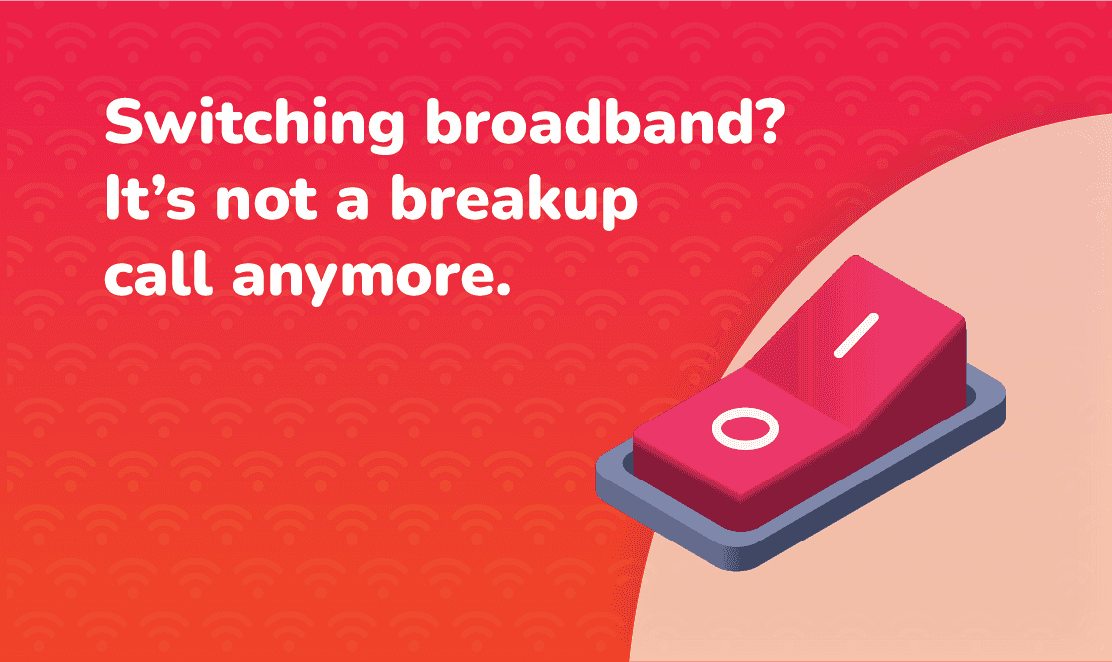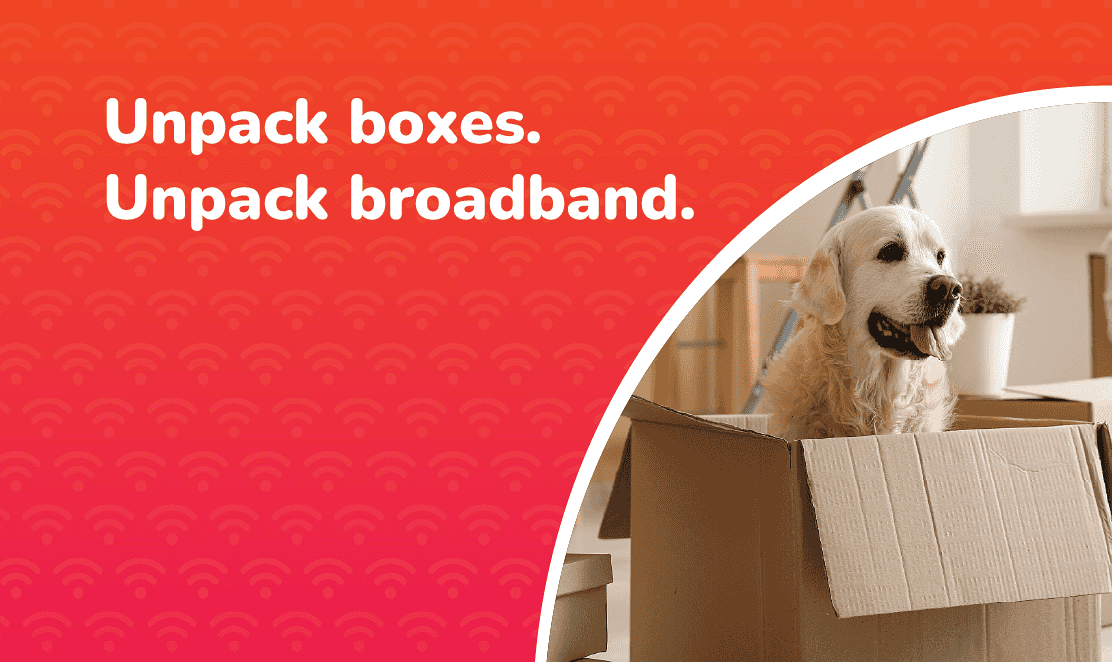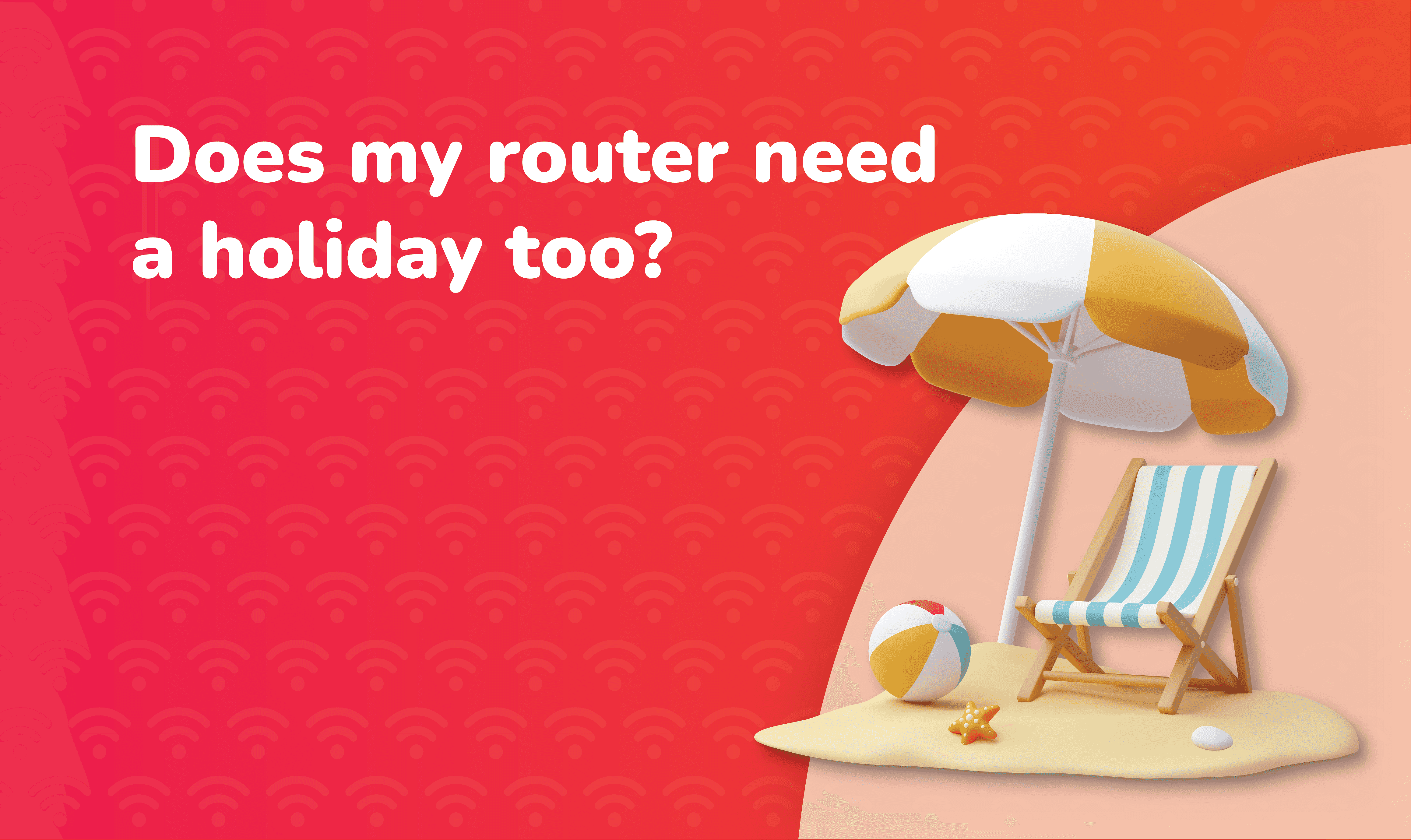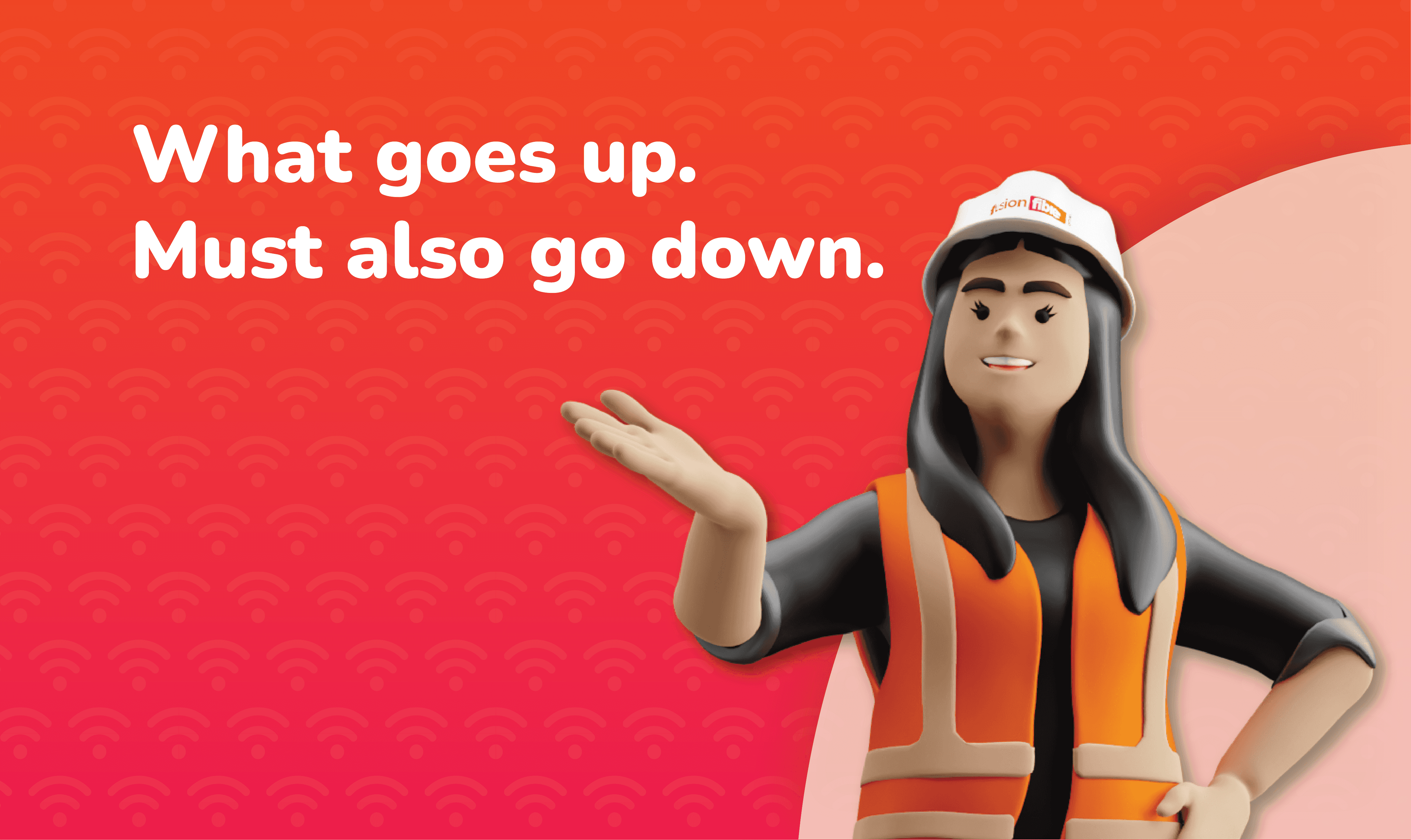Reading time: 8 minutes
From Alexa answering your questions to thermostats that learn your daily routine, smart home devices are becoming part of everyday life in UK households. What many people do not realise is that these devices rely heavily on your broadband connection. Without a strong, stable internet service, even the smartest gadgets will struggle to work properly.
In this guide, we explain how smart devices use broadband, the internet speeds you need, and why full fibre is the best choice for powering your connected home.
How Smart Home Devices Use Broadband
Smart devices connect to your home network via Wi-Fi or directly through your router. Each device may only use a small amount of bandwidth on its own, but when you have multiple devices running at once, the demand on your connection increases.
Examples include:
- Voice assistants like Amazon Alexa or Google Nest that constantly listen for commands.
- Smart thermostats such as Hive or Nest, which connect to apps and sensors.
- Security cameras and video doorbells that stream HD video in real time.
- Smart TVs, lights, and plugs that respond instantly to your phone or voice.
The number of connected devices in UK homes is rising fast. Research from NielsenIQ (via GfK) shows that 80% of UK consumers now own at least one smart home product, and nearly 40% already own more than three. This growing adoption makes reliable broadband even more important to keep everything running smoothly.
Smart Home Broadband Speeds: How Much Do You Need?
A single smart speaker or thermostat uses very little bandwidth, often less than 1 Mbps. However, when you combine security cameras, streaming devices, and voice assistants, the need for reliable speeds increases quickly.
- Households with 5–10 devices: At least 30 Mbps download speed.
- Households with 10–20 devices: 50–100 Mbps for smooth performance.
- Households with 20+ devices and HD cameras: Full fibre broadband with speeds of 150 Mbps+ is recommended.
Best Broadband for Smart Homes: Why Full Fibre Wins
Smart homes demand more than fast download speeds. They also rely on reliability and low latency to make sure devices respond the moment you need them. Full fibre broadband provides exactly that, offering:
- Stable connections: Unlike copper-based services, full fibre (FTTP) is less affected by distance or weather.
- Low latency: Key for real-time devices such as security cameras and voice assistants.
- High capacity: Capable of supporting dozens of connected devices without slowing down.
As the number of smart devices in UK homes continues to grow, the ability to run multiple gadgets at once without interruptions has become essential. Full fibre ensures your connection keeps up with demand, whether it is streaming, security, or automation.
Find out more in our guide: What is Full Fibre Broadband?
Smart Home Security Tips: Protecting Wi-Fi and Connected Devices
Smart devices make life more convenient, but they also add more entry points to your home network. Weak passwords or outdated software can make devices vulnerable to hacking.
4 tips to keep your smart home secure
- Always change default passwords.
- Keep firmware updated.
- Use a strong Wi-Fi password and encryption.
- Consider setting up a separate Wi-Fi network for smart devices.
The UK Government’s Product Security and Telecommunications Infrastructure Act introduced new rules in 2024, requiring smart device manufacturers to meet minimum cybersecurity standards.
Want to keep your smart home safe? Read our guide on how to secure your Wi-Fi network.
What to Do If Your Smart Devices Are Lagging
If your smart devices are slow to respond or drop offline, it may be a sign your broadband is not keeping up.
3 steps to improve performance
- Run a broadband speed test to check your connection.
- Upgrade to a full fibre package if available in your area. Check your full fibre broadband availability.
- Optimise your Wi-Fi coverage using mesh systems or additional access points. Read our top 10 tips on how to improve your broadband speed.
Future of Smart Homes in the UK
Smart home adoption is on the rise across the UK. As of 2024, 39% of UK households now use smart devices, and this figure is expected to surpass 50% by 2027. (GreenMatch)
Full fibre broadband will be the backbone of this growth, making it possible to connect dozens of devices seamlessly without slowdowns.
Powering Your Smart Home with Full Fibre Broadband
Smart devices can transform how you live, but they rely on a fast and stable broadband connection. Full fibre broadband offers the speed, reliability, and low latency that today’s smart homes demand.
Ready to power your smart home? Check your postcode today and take the first step toward a smarter, more connected home.
Frequently Asked Questions
Do smart home devices use a lot of broadband?
Individually, most smart devices use very little bandwidth, but when combined, especially with security cameras or streaming devices, they can add up. Learn more about broadband bandwidth in our guide.
Is Wi-Fi speed important for smart home devices?
Yes, Wi-Fi strength and broadband speed are both important. Weak Wi-Fi signals can cause devices to drop offline, even with fast broadband. Wi-Fi can also be unreliable at times, so where possible, connect key devices directly to your router using an Ethernet cable for greater stability.
Can smart devices work with slow broadband?
Some basic devices will still function, but video-based devices such as security cameras and smart TVs need higher speeds and stable connections.
Do smart home devices make my broadband less secure?
They can if not managed properly. Always update software, change default passwords, and follow best practices to keep your home network safe.


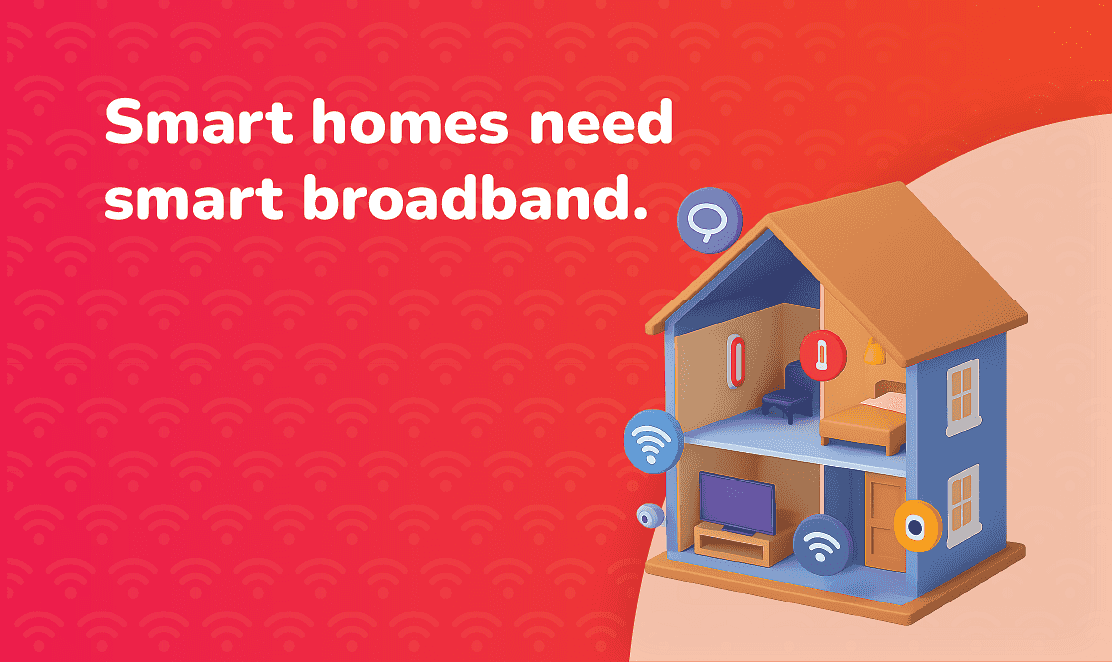 No image Big Thumb
No image Big Thumb 